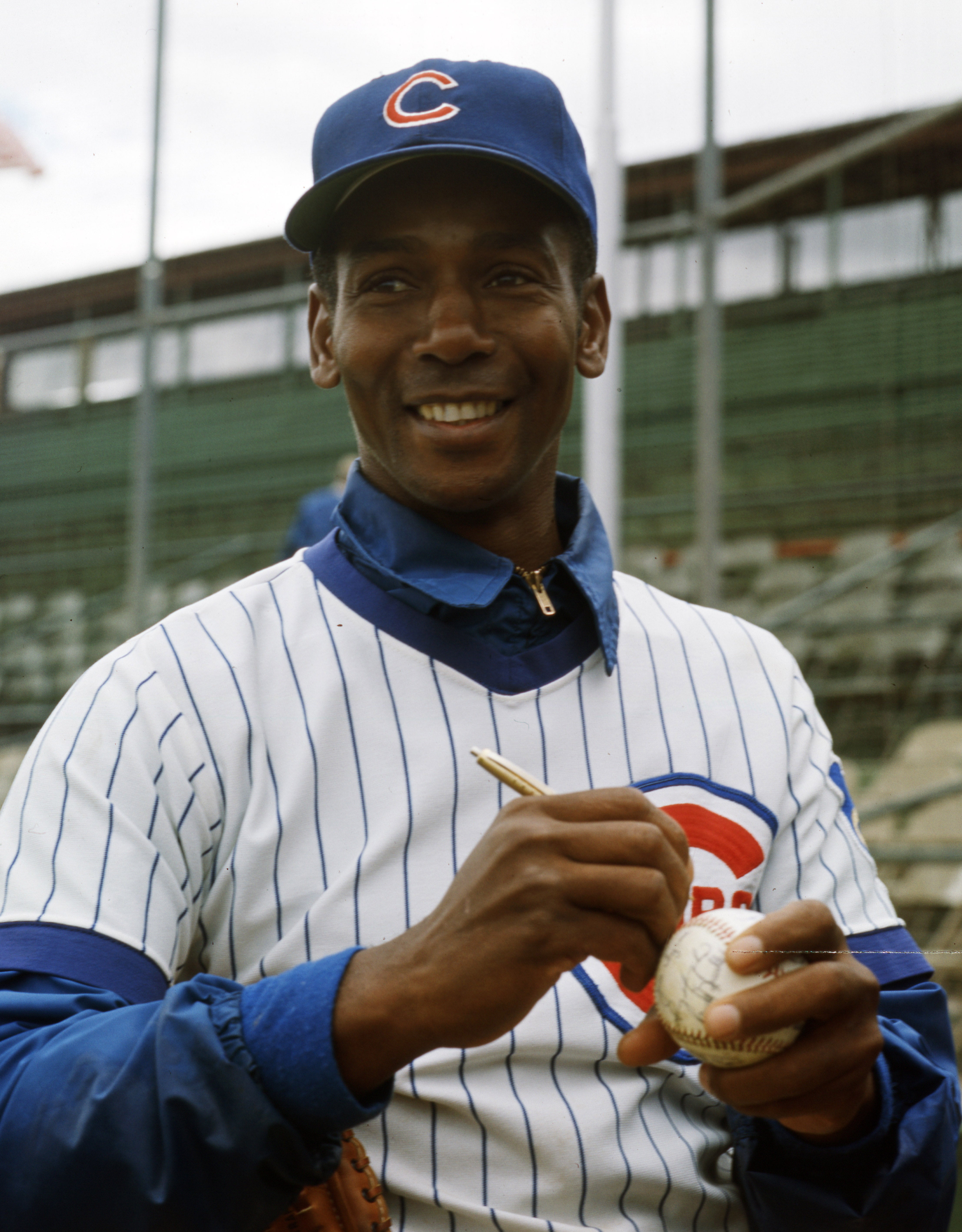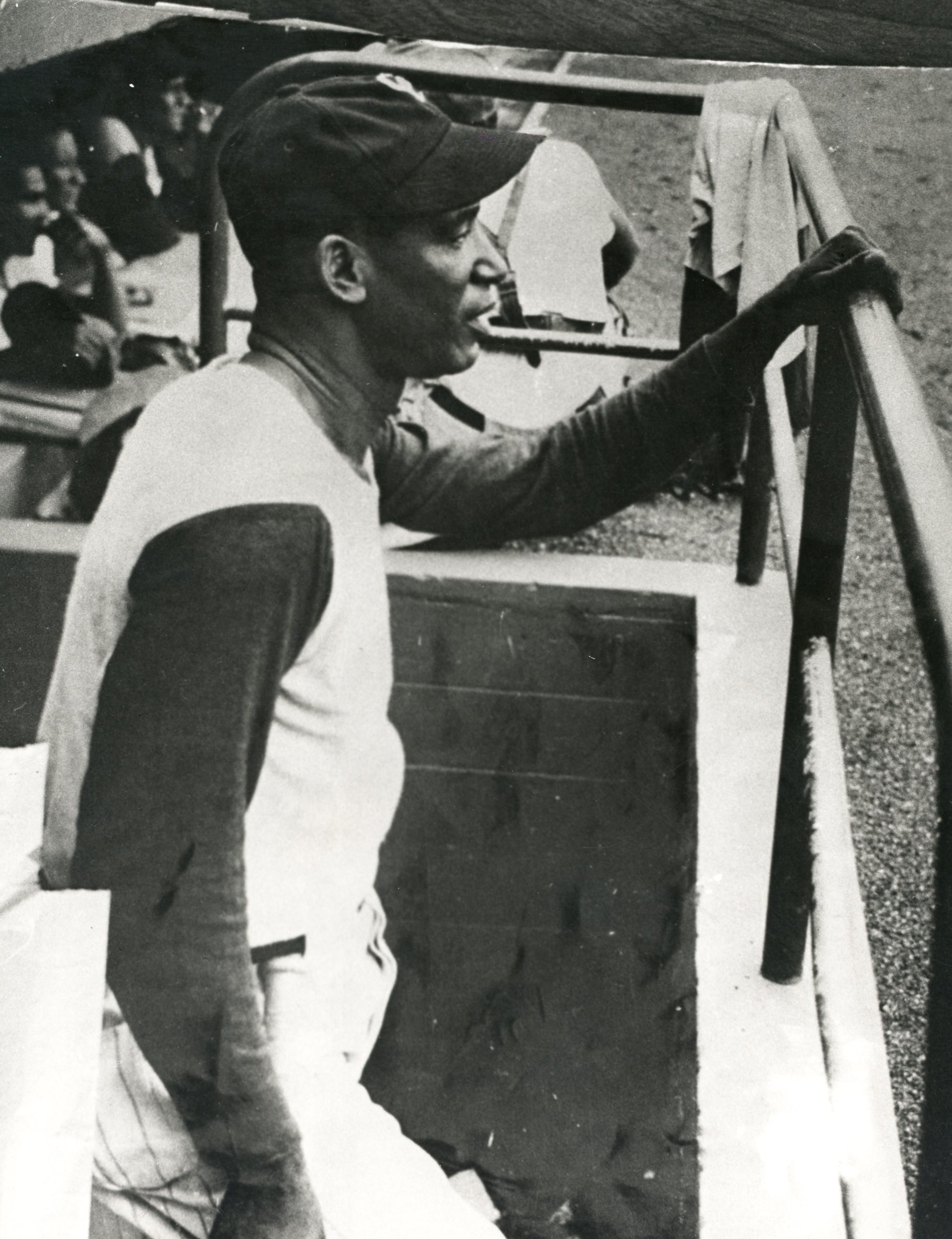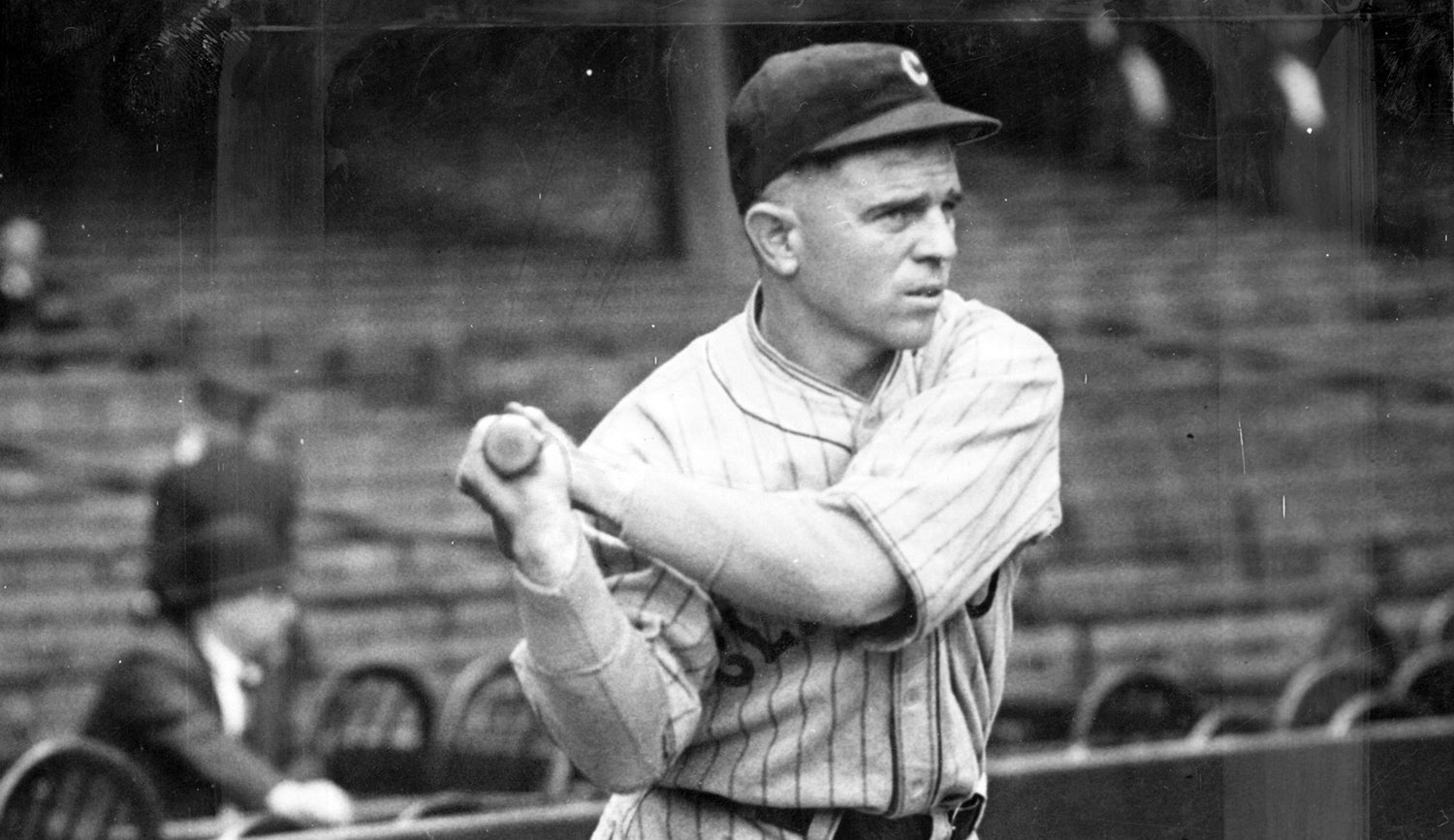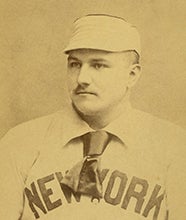- Home
- Our Stories
- Banks set tone for Class of 1977 in Cooperstown
Banks set tone for Class of 1977 in Cooperstown
It was a picturesque August day in Cooperstown.
Newly inducted Hall of Fame infielder Ernie Banks stepped up to the microphone with the same happy-go-lucky attitude that earned him the lifelong nickname of “Mr. Cub.”
“There’s sunshine, fresh air and the team is behind us. Let’s play two.”
Banks’ trademark phrase kicked off the afternoon on Aug. 8, 1977, that saw Al Lopez, Amos Rusie, Joe Sewell, Martin Dihigo, Pop Lloyd and Banks inducted into the Baseball Hall of Fame.
In addition to racking up accolades at the plate, Banks could handle the leather. In 1959, Banks finished with a .985 fielding percentage with just 12 errors, both MLB records at that time for a shortstop.
Hall of Fame Membership
There is no simpler, and more essential, way to demonstrate your support than to sign on as a Museum Member.
The Gold Glove Award-winner totaled two National League MVP’s and 11 All-Star Game appearances.
Banks’ “lets play two” philosophy came out in his style of play during his 19-year career with the Cubs. A first ballot Hall of Famer, Banks hit 512 home runs and had 1,636 RBI.
Banks wasn’t the only shortstop honored that day. Sewell and Lloyd’s induction meant that three shortstops were enshrined, which was the most in Hall of Fame history.
Sewell was the toughest player to strike out in Major League Baseball history. The 5-foot-6 shortstop fanned once every 63 at bats, which is the second-best of all-time behind Willie Keeler.
A lifetime .312 hitter who never broke a bat, Sewell won a World Series with the Cleveland Indians as a rookie in 1920 and another with the New York Yankees in 1932.
“It’s been so long,” Sewell said when he got the call. “But you know what they always tell me: That anything that’s worthwhile is worth waiting for. You heard of that fellow riding on Cloud Nine. Well, that’s it.”
Lloyd was another shortstop who was welcomed to the Hall of Fame fraternity in 1977. Inducted by the Negro Leagues Committee, Lloyd was known for his ability to do it all.
His range up the middle, speed on the base paths and prowess at the dish drew comparisons to Hall of Fame shortstop Honus Wagner. Lloyd even became known as “The Black Wagner.”
“I am honored to have John Lloyd called the Black Wagner,” Wagner said. “It is a privilege to have been compared to him.”
Another Negro League Committee inductee was Martin Dihigo, who brought new meaning to the term “versatility.”
Dihigo was known for his ability to play all nine positions and successfully. While playing in the Mexican League in 1938, Dihigo went 18-2 with a league-leading 0.90 ERA and also won the batting title after hitting .387.
“Martin Dihigo was one of the greatest players I ever saw, in the Negro Leagues and the majors,” said Hall of Fame catcher Roy Campanella. “There wasn’t anything he could not do. He was equally good at any position he played and in three different countries.”
Rusie also set a new standard with his dominance on the mound. The Mooresville, Ind., native eclipsed the 30-win mark on five different occasions and tallied 248 victories in his brief, 10-year career. Despite finishing 393 of the 427 games he started, Rusie’s fastball didn’t lose any life. Lopez, like Rusie, demonstrated his durability throughout his playing days. Lopez once held the record for most games ever caught. After Lopez’s 19-year career, he found success as a manager. Lopez managed the Indians to the 1954 AL Pennant and the Go-Go White Sox to the 1959 AL pennant. Lopez’s enshrinement stemmed from his impact on the game that went beyond x’s and o’s. “What a man,” said Hall of Fame outfielder Monte Irvin. “If he was your manager, you respected him. If you played against him, which I did, you looked up to him. He had such a standing in the game, that you could never hold a grudge against him. I knew of no one who disliked Al. He was special.”
Connor O’Gara was a public relations intern in the Hall of Fame’s Frank and Peggy Steele Internship Program for Youth Leadership Development
Related Stories

Between shortstop and first base, Banks tried the outfield

Dihigo, Lloyd blazed trails en route to Cooperstown

Joe Sewell strikes out twice in game for first time

Between shortstop and first base, Banks tried the outfield

Dihigo, Lloyd blazed trails en route to Cooperstown






